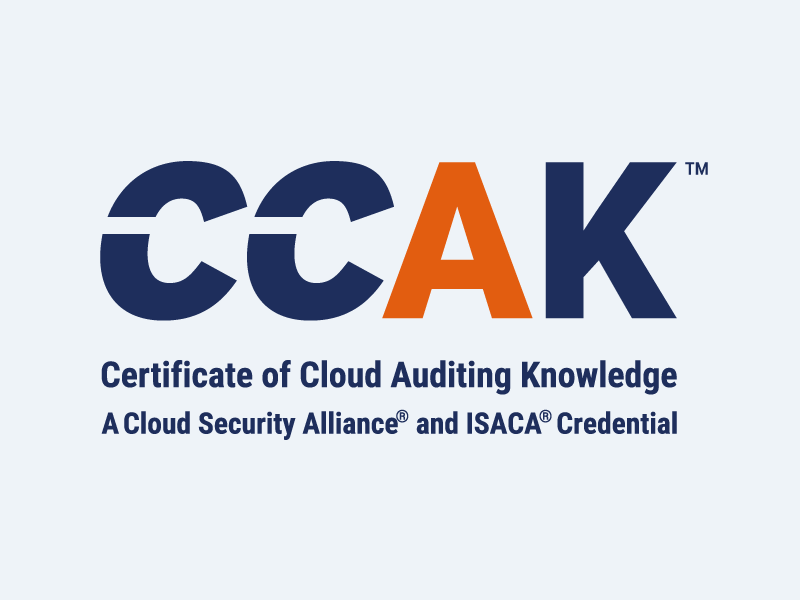How to Build a Third-Party Risk Management Strategy
Blog Article Published: 12/21/2023
Originally published by BARR Advisory.
Written by Brett Davis.
Today’s modern enterprise is often fragmented, with businesses relying extensively on third-party vendors and partners. While these relationships are critical for the success of organizations of all sizes, the management of associated risks is paramount. The rise of modern technology and AI has made it essential for organizations to understand the flow of data between themselves and their partners and ensure its security. Establishing a robust third-party risk management strategy is a critical component of safeguarding sensitive data and maturing an organization’s security program.
What are the risks posed by third parties?
Identifying and managing the risks posed by third parties is a complex challenge. Risks posed by third parties typically revolve around lack of awareness of where data is stored and how it is protected, difficulty managing multiple vendors, and security compliance.
Understanding how data travels, where data is stored, and how it is secured throughout is crucial. When integrating with new vendors, it’s vital to review their security practices and compliance certifications or reports regularly. This includes ensuring their security documentation, privacy policies, terms of service, and more are aligned with your organization’s security expectations and standards.
What are the fundamental components of a third-party risk management strategy?
To build an effective third-party risk management strategy, three fundamental components are necessary:
- Annual Current or Existing Vendor Reviews: Conduct thorough annual reviews of existing vendors. This should include reviewing key documents, such as any security documentation the vendor has (including SOC reports or ISO certifications), contracts between your organizations, the vendor’s privacy policy, and any relevant service level agreements (SLAs).
- Evaluation of New Vendors: This component is similar to the annual vendor review process. New vendors should undergo a rigorous review that includes contract reviews, document requests, and questionnaires that address specific areas of risk important to your organization—for example, data privacy.
- Document Requests and Questionnaires: These processes allow for tailoring of questions to focus on high-risk and relevant areas to your organization, ensuring a comprehensive evaluation of the vendor’s alignment with your security and privacy needs. Questionnaires can be particularly useful if the organization’s security documentation, such as a SOC 2, isn’t as comprehensive as you’d like or doesn’t provide the detail you are looking for with a vendor.
How should my organization get started?
If your organization is ready to mature your third-party risk management strategy, an excellent first step is to find and implement a tool that can automate some aspects of the process and create a smoother vendor management process overall. Drata, Vanta, and OneTrust are all examples of tools that can help your organization mature your strategy.
When choosing the right tool for your organization, consider your organization’s budget and the functionality you will need. For example, the right tool should begin vendor management workflows by sending requests for reviews from key stakeholders, alerting your organization annually when it’s time for vendor reviews, and overall ensuring the proper workflow is established and followed.
What are the internal considerations of third-party risk management?
Just like your organization takes vendor risk management seriously, organizations that partner with you likely will, too. When your organization is the vendor undergoing this process, using your perspective to make it easy on organizations working with you not only builds trust but can be critical to your sales strategy.
Promptly responding to another company’s questionnaires and requests for security documentation is vital and can help your organization to secure more business. Keeping track of commonly asked questions on questionnaires, recording responses for the future, and learning from the process can contribute to your organization’s maturity in handling inquiries efficiently.
Building a robust third-party risk management strategy involves finding the right tools, maintaining a consistent workflow, and building a comprehensive understanding of vendor risks throughout your organization. While it can be a complex challenge, a well-crafted vendor risk management strategy not only keeps your organization’s data secure but also strengthens business relationships and fosters a culture of security and trust.
Related Articles:
How DSPM Can Help Solve Healthcare Cybersecurity Attacks
Published: 04/30/2024
Considerations When Including AI Implementations in Penetration Testing
Published: 04/30/2024
Your Ultimate Guide to Security Frameworks
Published: 04/29/2024
Five Reasons Why Ransomware Still Reigns
Published: 04/29/2024





.png)



